We know that animals make a variety of sometimes self-explanatory, often baffling noises. Many of these noises are made for the same reasons we might make them – to communicate information to others and thereby influence their behaviour.
Sometimes, their calls, whistles, squawks, growls or screeches are to sound the alarm of approaching danger. Other times, they may use their voices to signal willingness or attractiveness to a mate. Or perhaps they're making noises to threaten, or to display dominance.
Some animals are lucky (or perhaps unlucky) enough to be named after the sounds they make. Read on to learn about our favourite examples of this phenomenon.
10 animals named after the sound they make
Cuckoo (Cuculidae family)
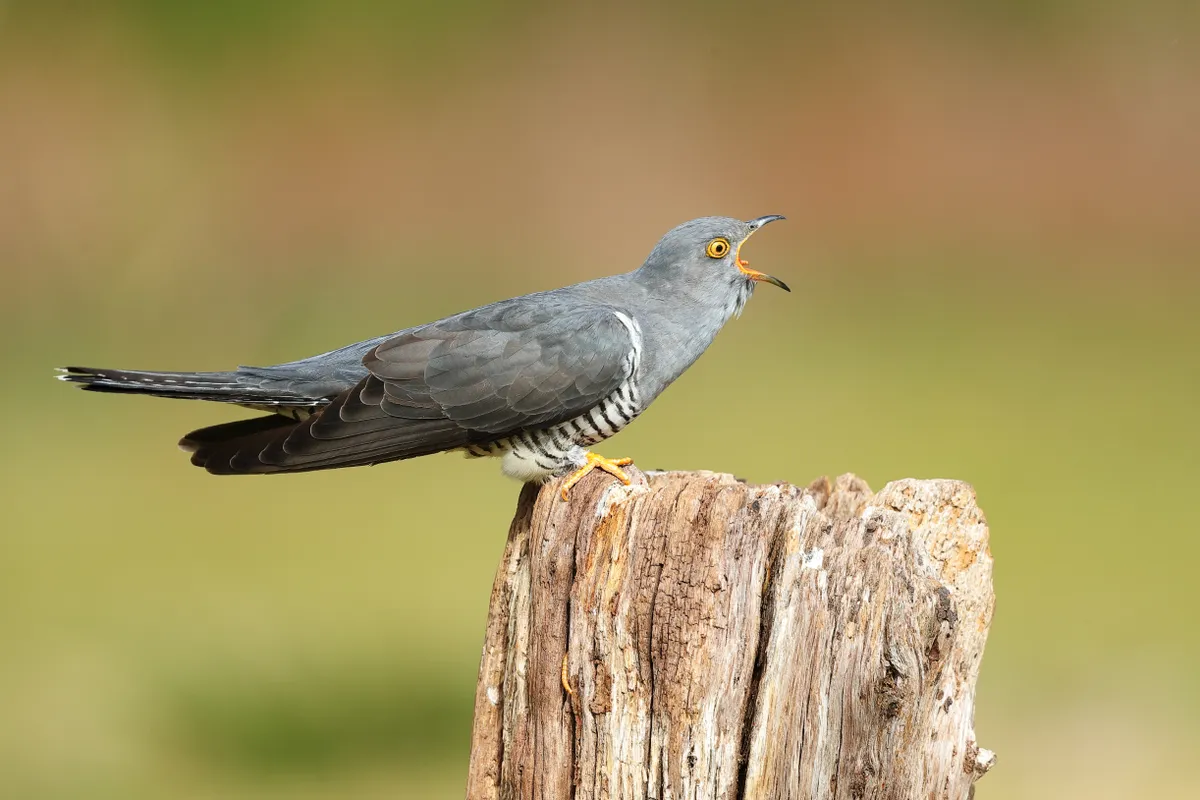
Our list kicks off with perhaps the most well-known onomatopoeic animal: the cuckoo. Their fame comes not from their call, however, but mainly from their habit of brood parasitism. This is their unsavoury method of reproduction in which they lay their eggs in the nests of other birds, often discarding an egg already present. The young cuckoo once hatched will push the host’s eggs or chicks out of the nest allowing it to eat all of the food brought by the host. This behavior led it being named one of the laziest animals in the world
Learn more about these fascinating birds with our cuckoo guide.
Pobblebonk frog (Limnodynastes dumerilii)
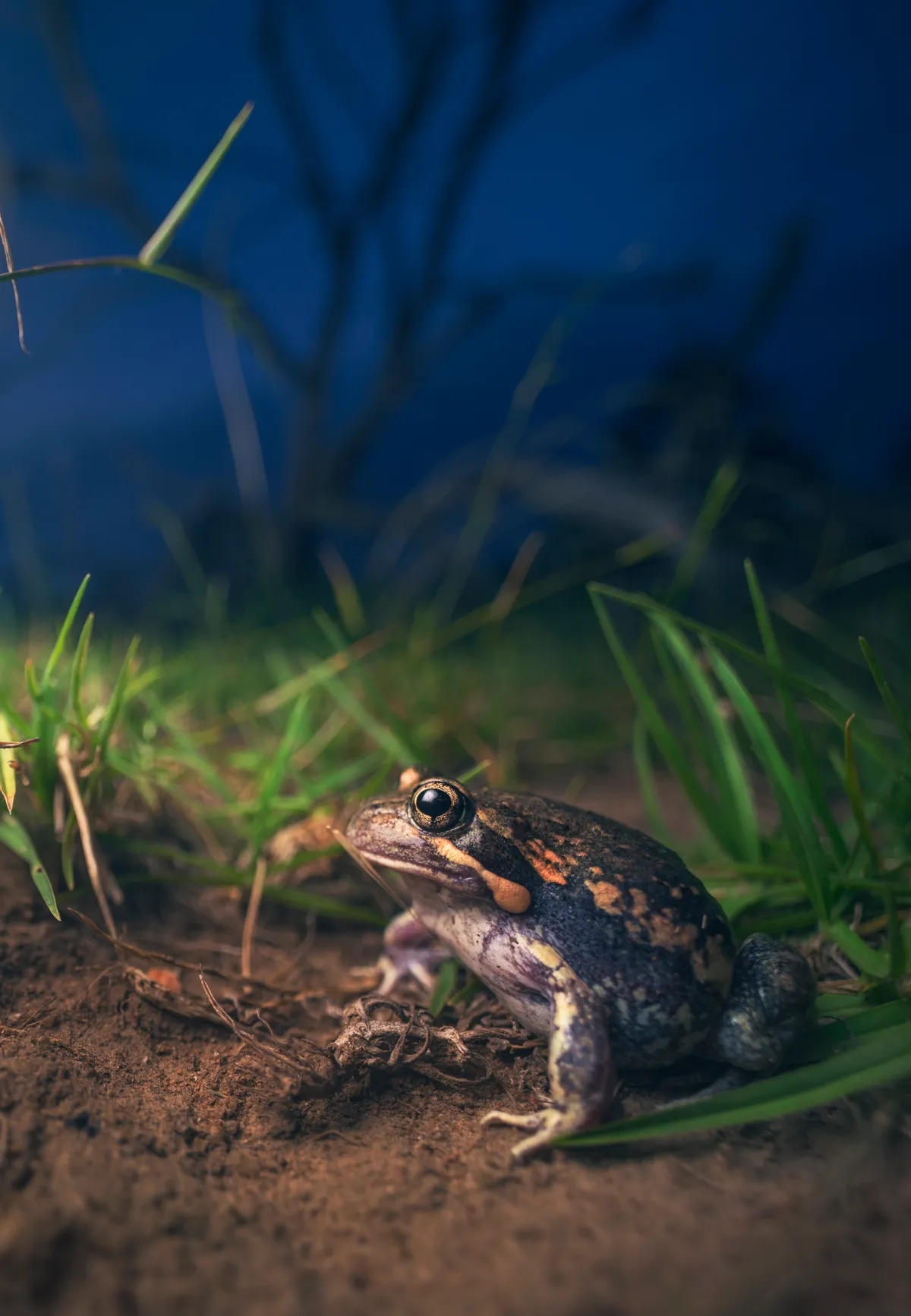
Yes, I promise this is a real name for a real animal! The fabulously named pobblebonk frog, also known as the banjo frog (or Limnodynastes dumerilii if you want to be scientific) can be found in Eastern Australia. Both names are very appropriate.
Their distinctive “bonk” calls are very reminiscent of a banjo string being plucked, and when many frogs join together in chorus it almost sounds like a jaunty bluegrass jig.
Chachalaca (Ortalis genus)
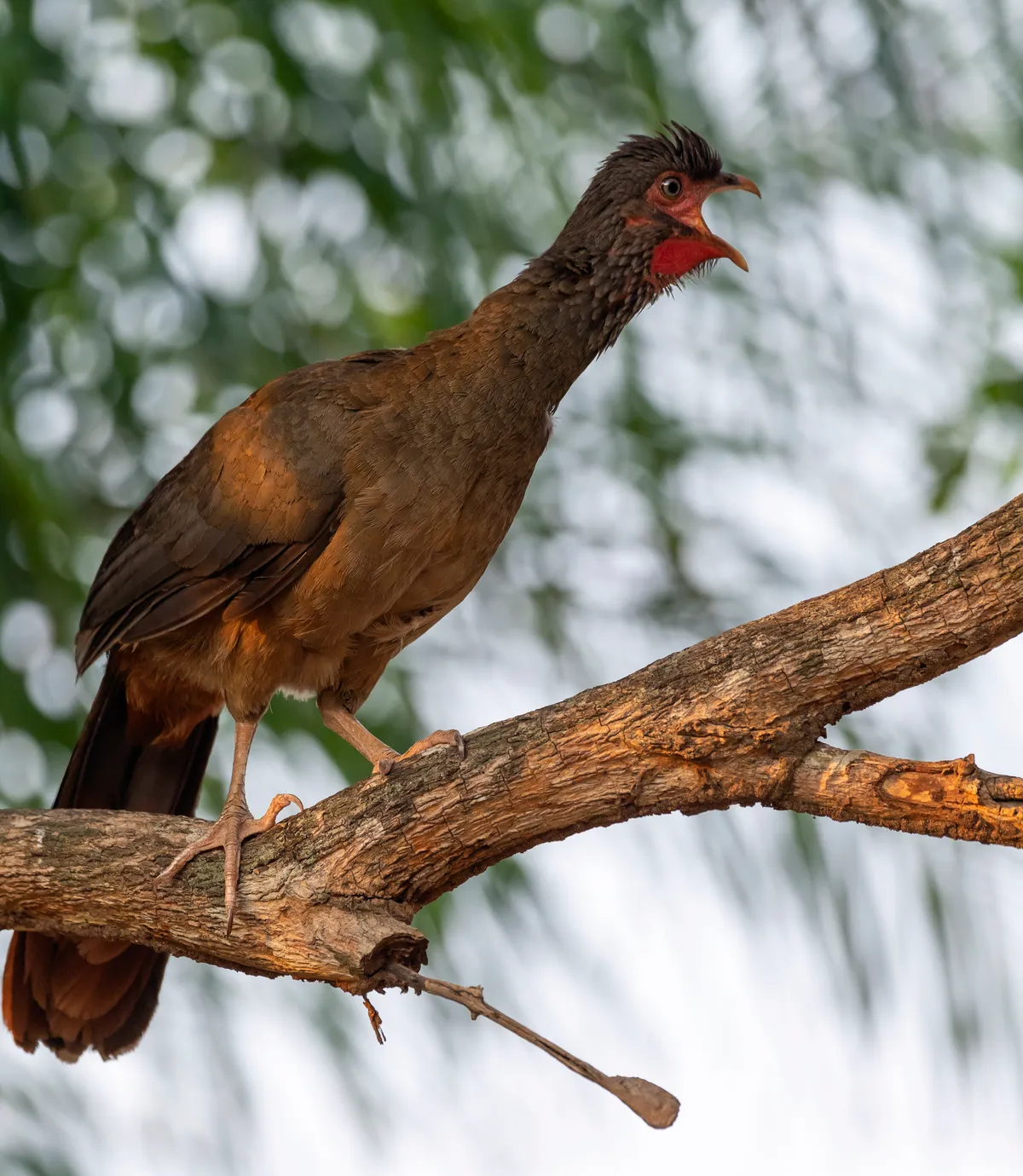
Like the majority of our onomatopoeic animals, the chachalaca is a type of bird – more specifically a chicken-like, slightly scruffy, and very noisy bird. Chachalacas are found throughout the southern US, Mexico and Central America and make themselves easy to find.
They are social birds, congregating in small but rowdy packs, singing out their squawking “cha-cha-LAW-ka!” calls and raiding human crops. They have a particular penchant for tomatoes, cucumbers, and melons.
More top 10's for you to enjoy:
Dik-dik (Madoqua genus)
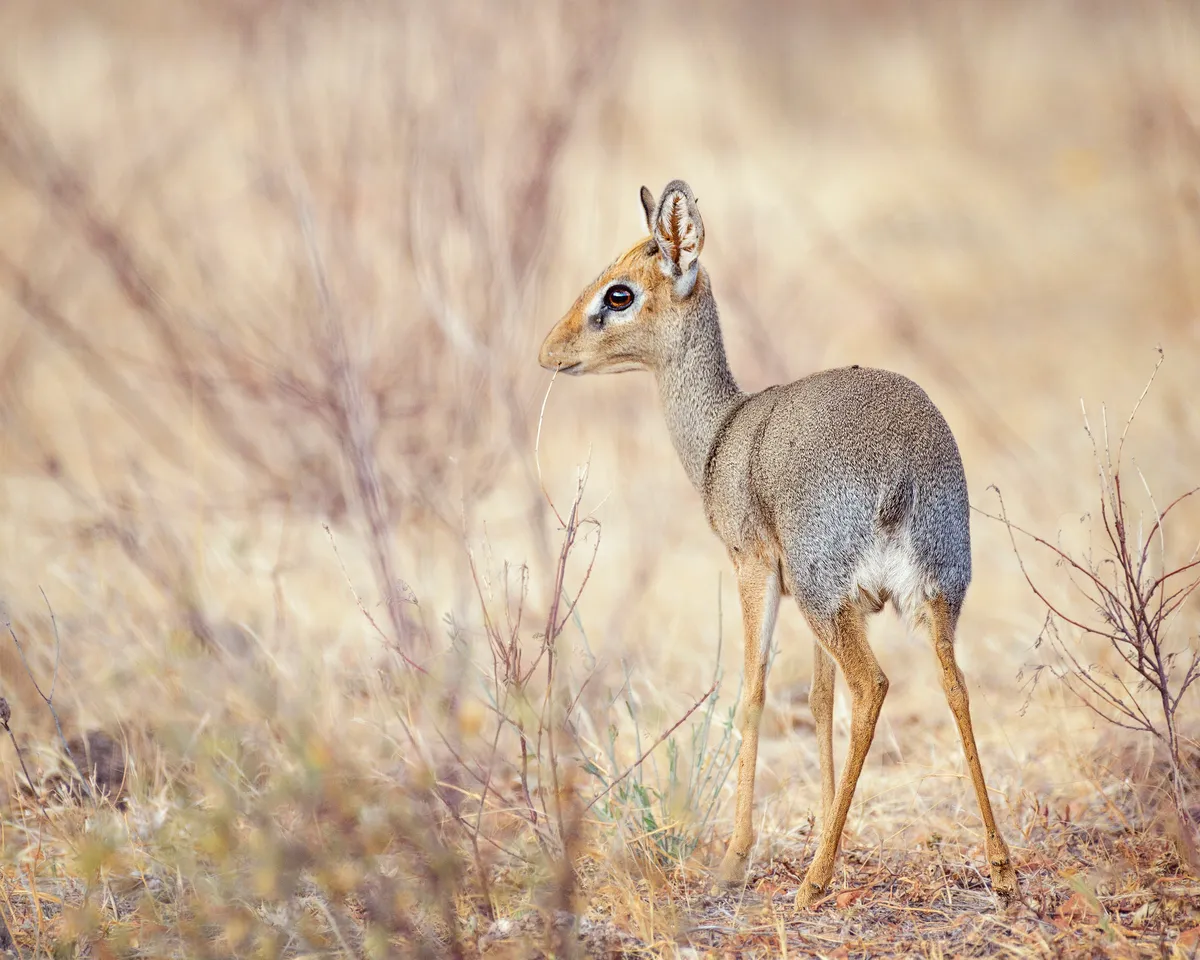
Arguably the most adorable addition to our list is the tiny dik-dik. These miniature antelopes stand only about 16 inches tall. Small as they are, they are unsurprisingly prey animals for many carnivores in the shrublands and savannas of eastern Africa where they live.
Their predators include leopards, lions, baboons and even pythons! To avoid being eaten, dik-diks hide rather than flee, and benefit from listening out for the alarm calls of other dik-diks. When in danger, female dik-diks let out a “zik-zik” alarm whistle (hence the name), and if this is heard others know to run for cover.
Kea (Nestor notabilis)
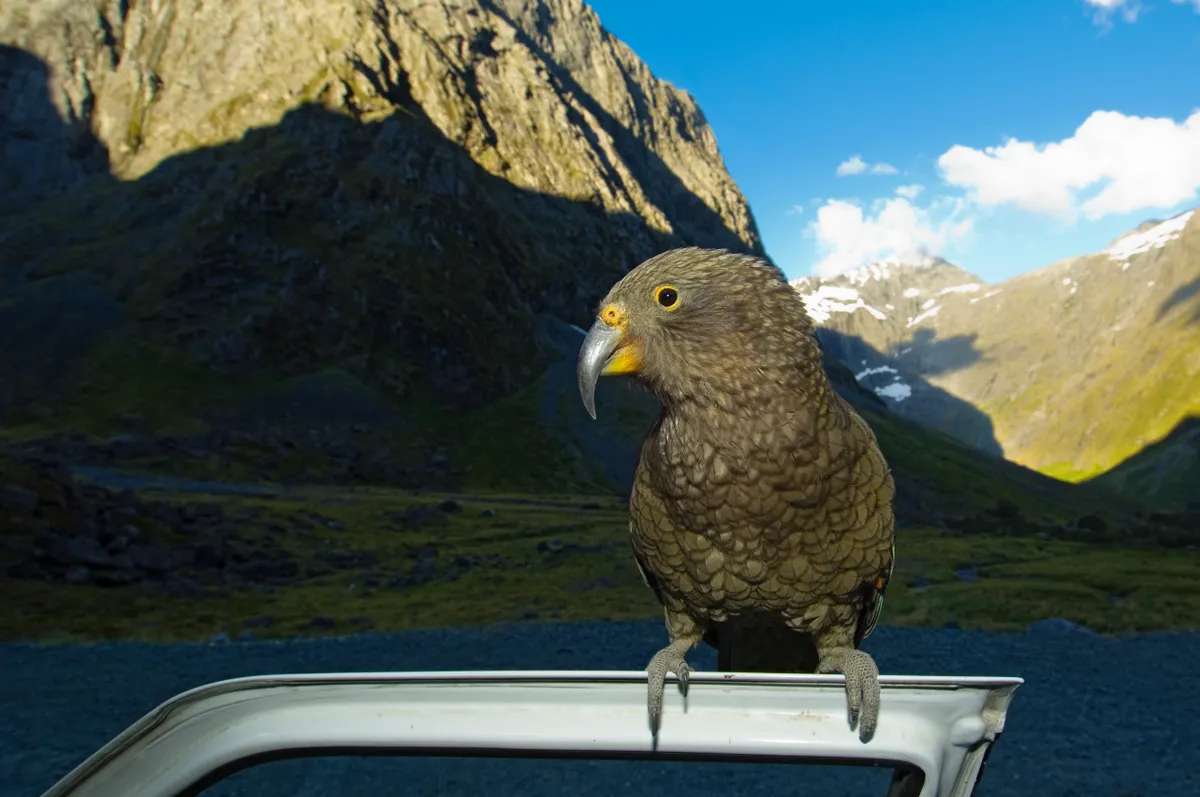
The next bird on our list is the cacophonous, but ever characterful, Kea. A New Zealand native, the name of this parrot is Māori and likely derives from their loud in-flight call – “keee-aaa”. Often considered very intelligent, Keas have proven proficient in many problem-solving experiments, including tool use and cooperative string-pulling, and have even been trained to play touchscreen games.
Unfortunately for humans, they also put their intelligence to more destructive use, tearing rubber parts from cars and stealing food and clothing from tourists.
Learn how kea parrot calls can encourage playful behaviour in others.
Grunt (Haemulon plumierii)
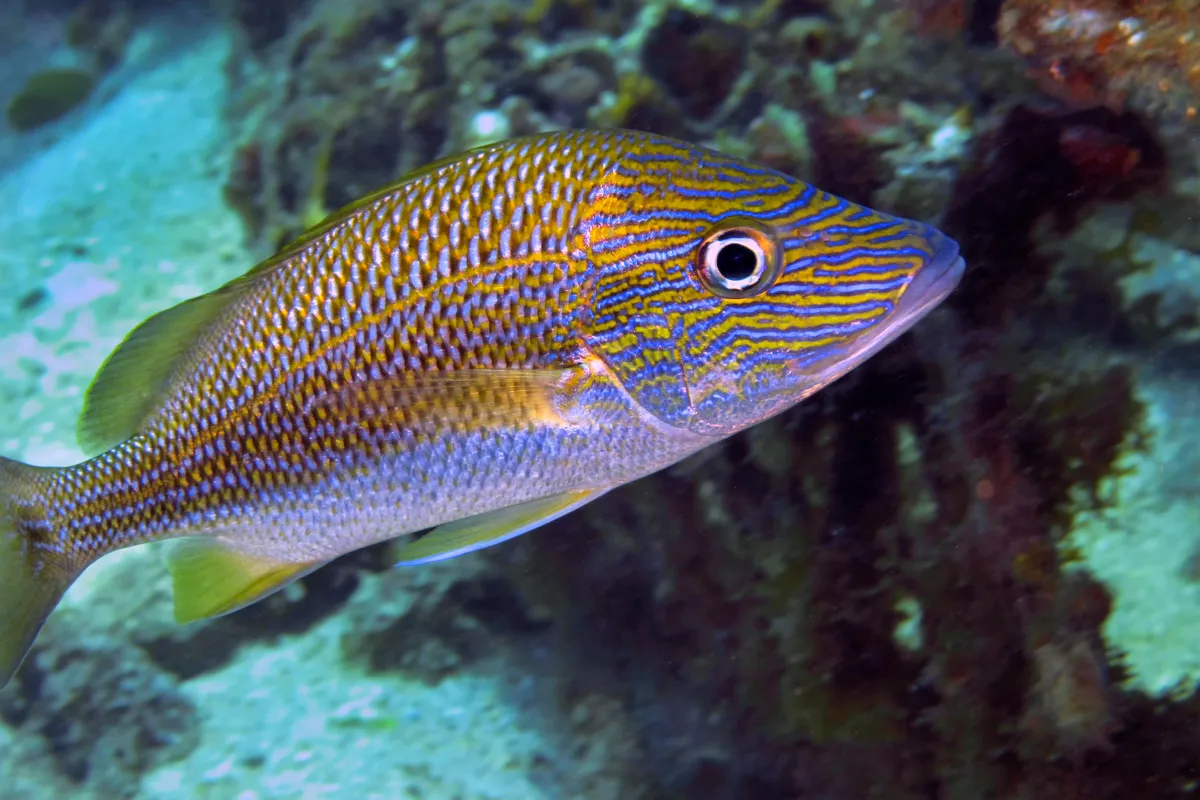
If ever a fish did what it said on the tin, it's the grunt. Like the dik-dik, the noise this animal is named after is made when it is in danger or distress, such as when it is caught by an angler. They make this sound by grinding their pharyngeal teeth together and amplifying it using their air bladder.
Considered quite tasty by humans, their name is even part of a historic (though perhaps not very pretty sounding) Florida dish called 'Grits and Grunts'.
Katydid (Tettigoniidae family)
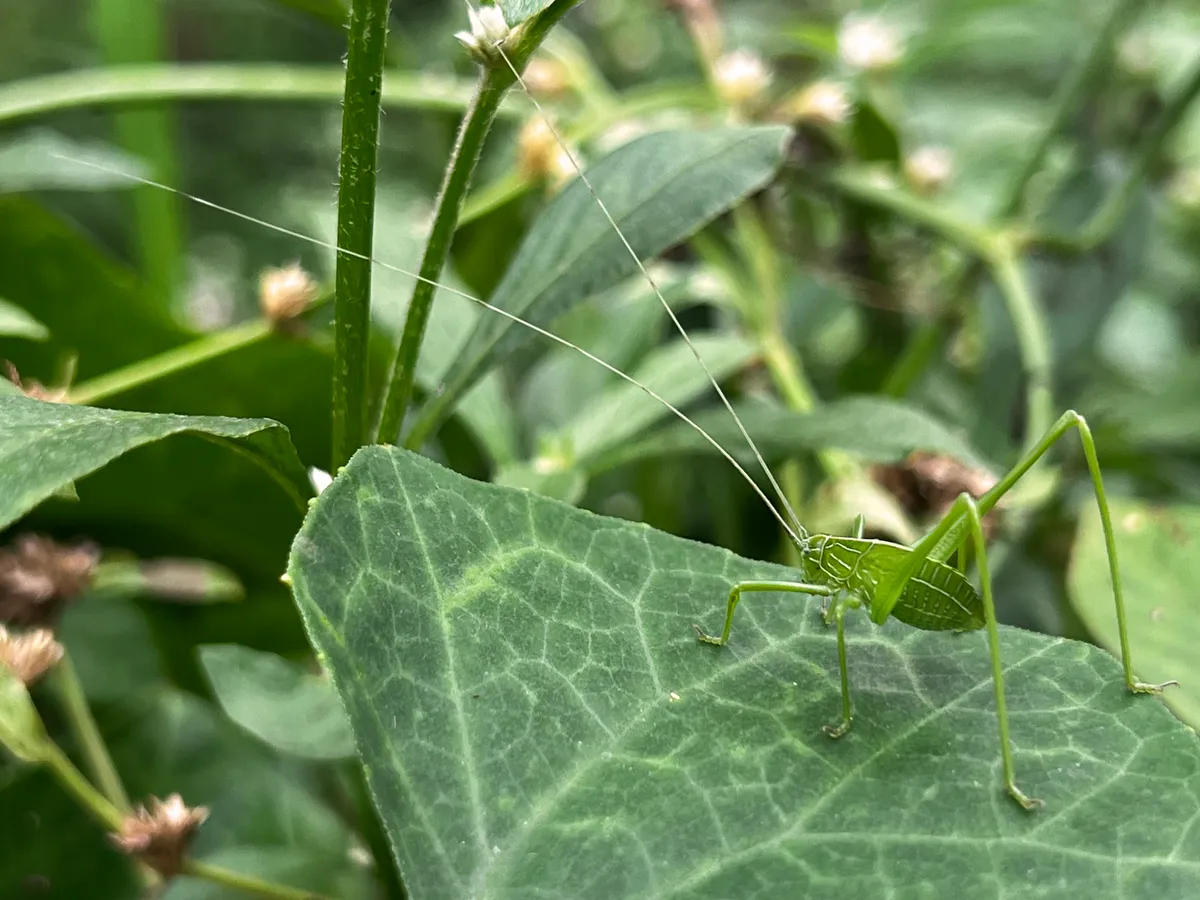
Also known as bush crickets, katydids are named after their emphatic, three-pulsed song – "ka-ty-did". This distinctive sound is made by rubbing their wings together and is produced by both males and females to attract mates. This is in contrast to the closely related crickets and grasshoppers in which only males sing.
Katydids are generally green, but a rare genetic mutation causes some to be bright pink!
Zyzzyx (Zyzzyx chilensis)
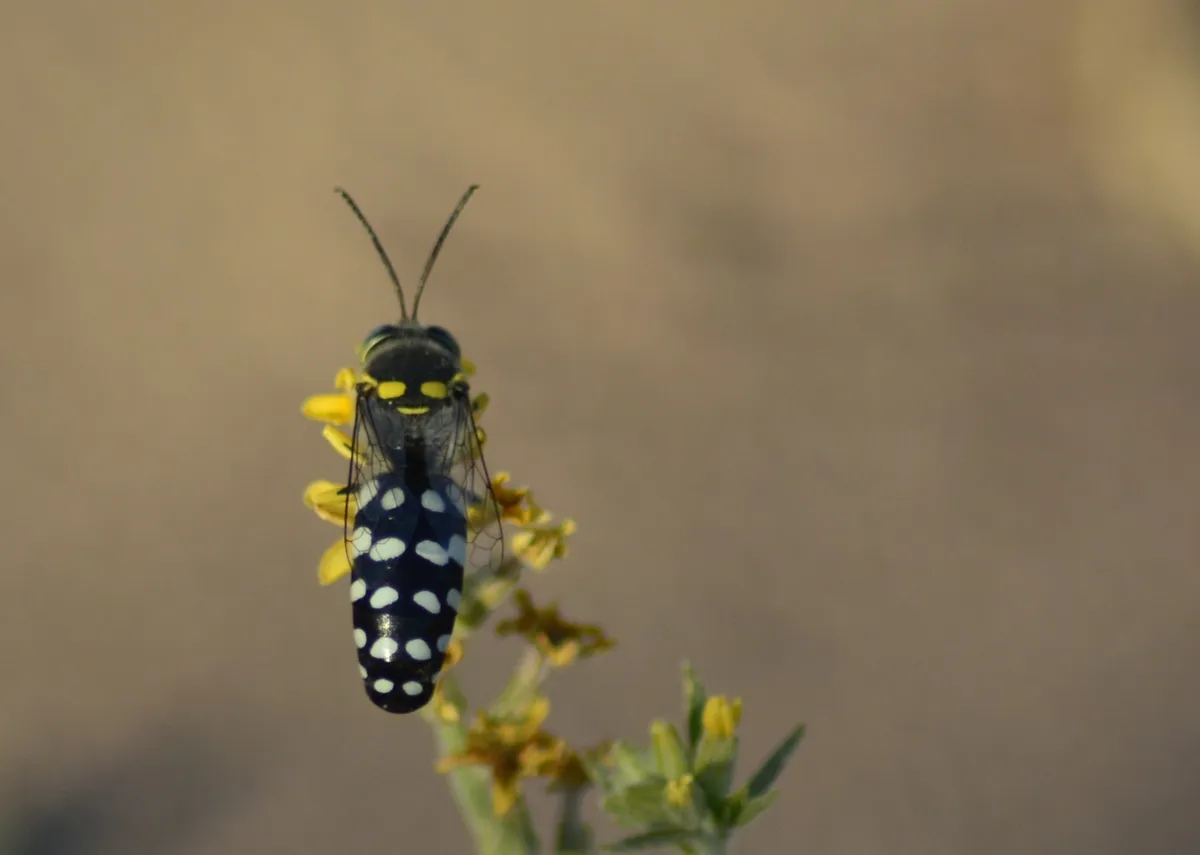
Now here is a hard one to say! If you are not a wasp that is. Zyzzyx’s are a genus of sand-wasps, containing the species Zyzzyx chilensis, a medium-sized wasp with a polka-dot abdomen, found in Chile, Peru, and Argentina. As you might guess, they are thought to be named after the buzzing sound they make.
Zyzzyx is also one of the last words in the English dictionary – remarkably, however, it's beaten by another onomatopoeic animal, Zyzzyva, a genus of tropical weevil!
Mexican whip-poor-will (Antrostomus arizonae)
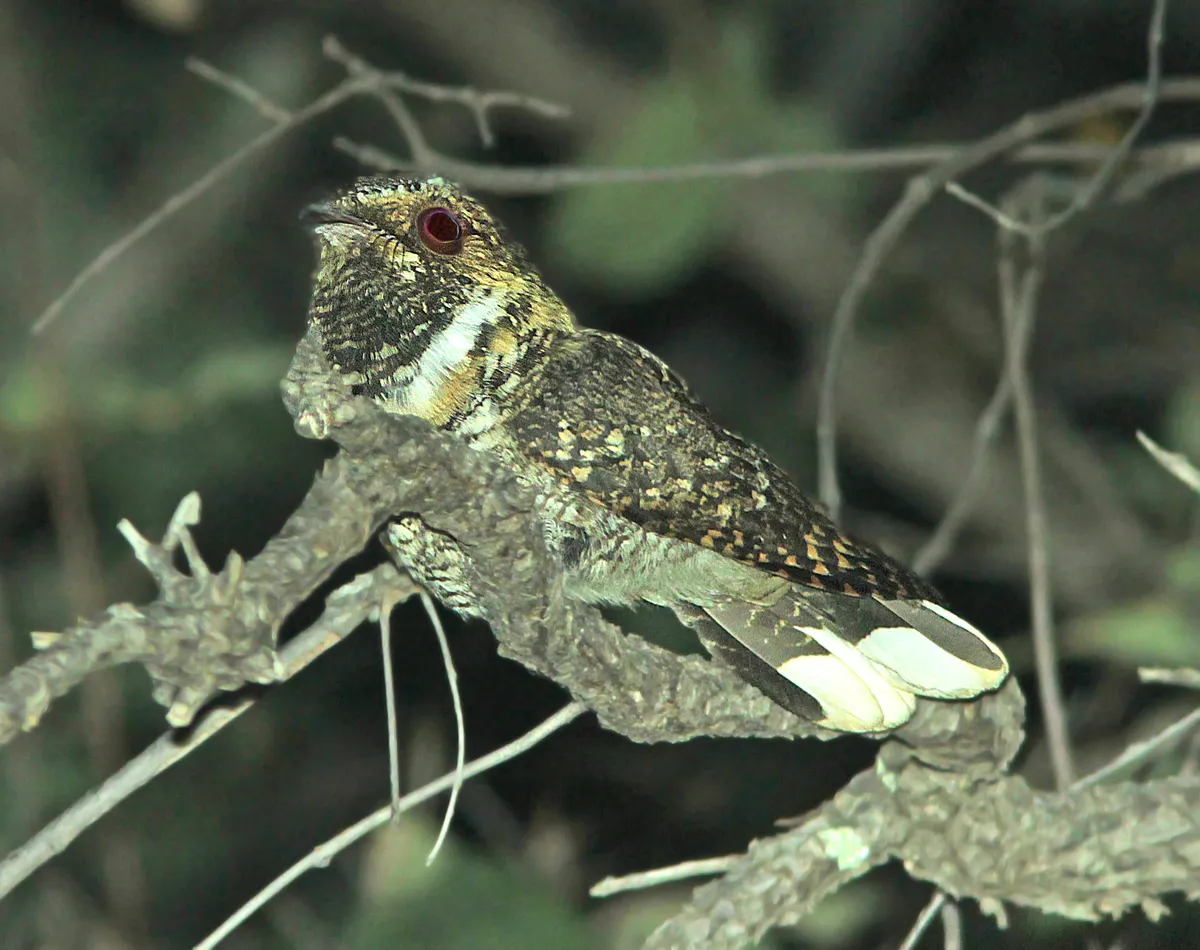
Unlike the previous birds on this list, Mexican whip-poor-will are quite elusive, more often heard than seen. This is in part due to their mottled brown plumage that gives them excellent camouflage. They also belong to the nightjar family, and like all birds in this group are nocturnal, usually only seen when feeding at dawn and dusk.
Its name is really very suitable, its trilling song sounding just like it’s repeating “whip-poor-WILL".
Learn more about how nightjars hunt in the dark and other fascinating facts about nightjars.
Morepork (Ninox novaeseelandiae)
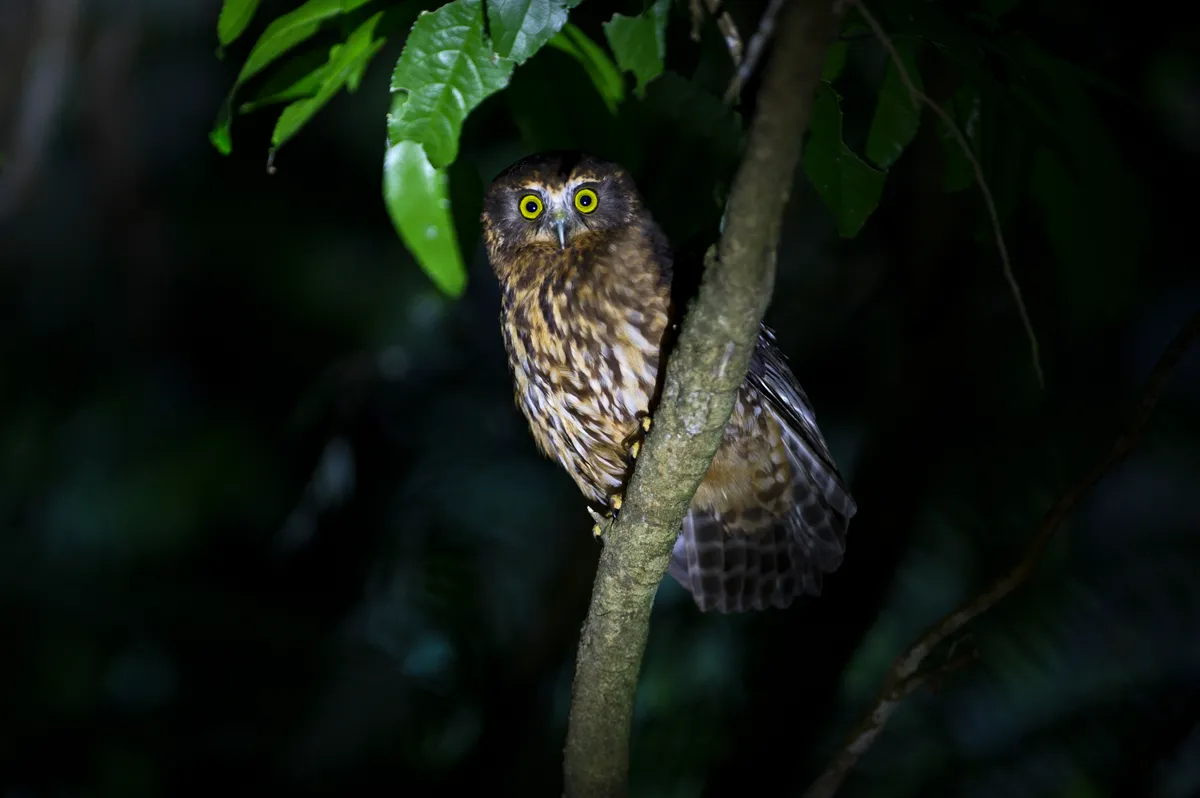
This eccentrically named owl is a New Zealand native, also known as a 'ruru' in Māori. It is closely related to another onomatopoeic owl, the Australian boobook (Ninox boobook) and they were previously thought to be the same species.
Although diminutive, this little nocturnal bird has an important place in Māori tradition, seen as a watchful guardian spirit, the mournful two-toned call after which it is named a sign of approaching good news.






